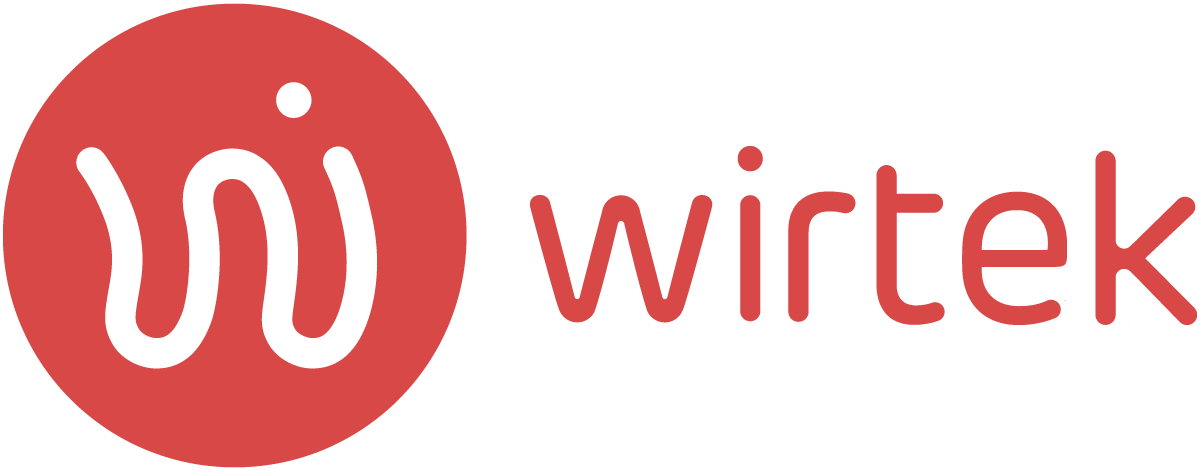- Blog
Sign up to our newsletter
5 digital trends transforming the energy sector in 2025
Quick summary
In 2025, the energy sector is accelerating its digital transformation to meet ambitious decarbonisation and efficiency goals. Artificial intelligence, digital twins, and IoT are reshaping operations, while cybersecurity and data-driven decision-making are becoming essential enablers of resilience and innovation.
Introduction
Digital transformation has become the cornerstone of the energy sector’s evolution. As the European Union advances towards its 2030 climate targets and the revised Energy Efficiency Directive, energy companies are investing heavily in digital tools that optimise operations, reduce emissions, and strengthen energy security. In 2025, five digital trends are standing out as decisive factors in reshaping how energy is produced, distributed, and consumed across Europe and beyond.
1. AI-driven grid optimisation
Artificial intelligence (AI) continues to play a critical role in balancing increasingly complex power grids. With the rise of decentralised renewable sources such as solar and wind, grid operators across the Nordics and DACH regions are adopting AI algorithms for real-time demand forecasting, congestion management, and predictive analytics. According to McKinsey, AI-based forecasting can improve grid stability by up to 20% (McKinsey, 2025).
By integrating AI with advanced sensors and smart meters, operators gain precise visibility into energy flows and can help automate decisions that reduce costs and enhance reliability.
Takeaway: AI is transforming grid operations from reactive to predictive, improving efficiency and stability across regional energy systems.
2. Digital twins for asset management
Digital twin technology, virtual replicas of physical assets, is rapidly becoming a core tool for energy infrastructure maintenance. European utilities are using digital twins to model turbines, substations, and transmission lines to predict failures before they occur. According to Deloitte, digital twins can reduce maintenance costs by 15% and increase asset uptime by 20% (Deloitte, 2024).
In Denmark, where wind power accounts for nearly half of total electricity generation, digital twins are enabling real-time monitoring of turbine performance and maintenance scheduling that minimises downtime.
Takeaway: Digital twins are redefining asset management, helping energy providers extend asset life and improve operational resilience.
3. Cybersecurity as a strategic priority
As digitalisation accelerates, so does exposure to cyber threats. The European Union Agency for Cybersecurity (ENISA) reports that the number of cyber incidents targeting energy infrastructure rose by 25% in 2024 (ENISA, 2024). Critical energy systems increasingly rely on connected devices and cloud-based management platforms, making robust cybersecurity frameworks indispensable.
Adoption of ISO 27001-certified practices, zero-trust architectures, and AI-based intrusion detection are becoming industry norms, ensuring that the transition to digital energy systems remains secure and resilient.
Takeaway: Cybersecurity has become a foundational element of digital transformation, safeguarding the reliability of critical energy infrastructure.
4. IoT and edge computing in energy distribution
The proliferation of IoT devices—smart meters, sensors, and controllers—is enabling unprecedented visibility into consumption patterns. Edge computing allows this data to be processed closer to where it is generated, reducing latency and improving responsiveness. According to Statista, over 1.2 billion IoT devices are expected to be deployed in the global energy sector by 2025 (Statista, 2025).
In smart grids, edge-enabled devices can autonomously manage voltage, detect faults, and balance load between distributed generation sources. This approach reduces the need for centralised control and enhances grid flexibility.
Takeaway: IoT and edge computing are decentralising energy intelligence, bringing agility and resilience to power distribution.
5. Data-driven decision-making for sustainability
Energy companies are increasingly relying on integrated data platforms to guide sustainability strategies and regulatory compliance. Data aggregation from sensors, ERP systems, and ESG reporting tools enables real-time insight into emissions, efficiency, and energy consumption.
The International Energy Agency highlights that companies using advanced data analytics can achieve up to 30% improvement in energy efficiency (IEA, 2025). In the Benelux and Nordic markets, data-driven strategies are key to meeting both EU taxonomy requirements and investor expectations for transparent ESG performance.
Takeaway: Data is now a strategic asset, empowering the energy sector to align digital innovation with sustainability outcomes.
Conclusion
The convergence of AI, IoT, digital twins, and data intelligence is accelerating the digital transformation of the energy sector in 2025. These technologies are not only enhancing operational efficiency but also supporting Europe’s broader goals of sustainability, security, and decarbonisation. For energy leaders, embracing these digital trends means building more intelligent, adaptive, and sustainable energy systems for the future.
FAQ
What role does AI play in the energy sector?
AI enables real-time decision-making, predictive maintenance, and demand forecasting, improving grid efficiency and stability.
How do digital twins improve operations?
They allow utilities to simulate and monitor physical assets, predict failures, and optimise maintenance schedules.
Why is cybersecurity crucial for energy companies?
Cybersecurity protects interconnected systems from disruption, ensuring the continuity and safety of critical energy infrastructure.
How is IoT changing energy distribution?
IoT sensors and edge devices enhance grid intelligence, automating energy flow control and fault detection.
What benefits do data-driven insights provide?
They enable companies to measure performance, improve sustainability outcomes, and comply with regulatory standards.
Sources
-
The AI-enabled utility: Rewiring to win in the energy transition – McKinsey & Company – https://www.mckinsey.com/industries/electric-power-and-natural-gas/our-insights/the-ai-enabled-utility-rewiring-to-win-in-the-energy-transition
-
Digital utility asset management – Deloitte Insights – https://www.deloitte.com/us/en/insights/industry/power-and-utilities/digital-utility-asset-management.html
-
ENISA Threat Landscape 2024 – European Union Agency for Cybersecurity – https://www.enisa.europa.eu/publications/enisa-threat-landscape-2024
-
How many IoT devices are there [2025 statistics] – DemandSage (citing Statista) – https://www.demandsage.com/number-of-iot-devices/
-
Global Energy Review 2025 – International Energy Agency – https://www.iea.org/reports/global-energy-review-2025
